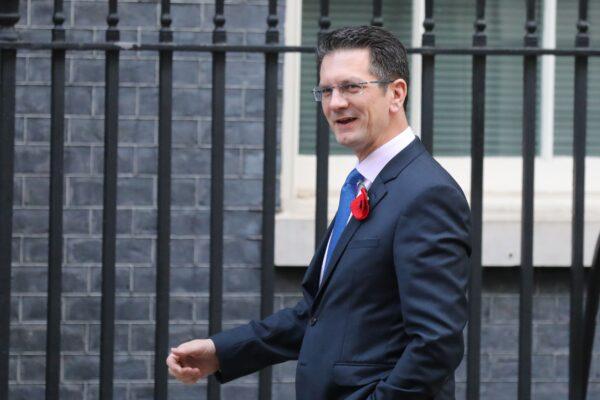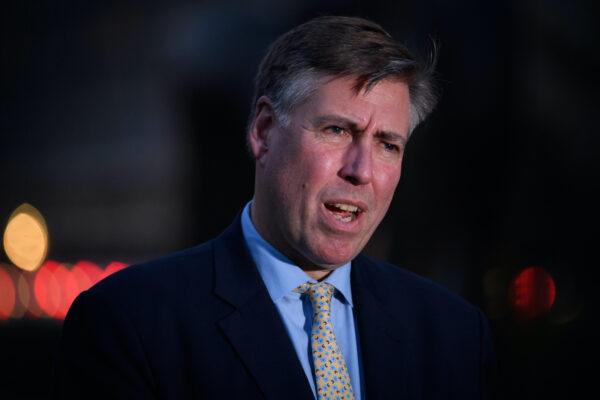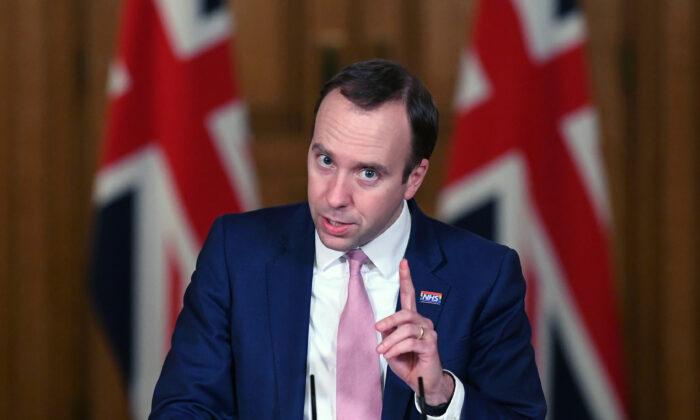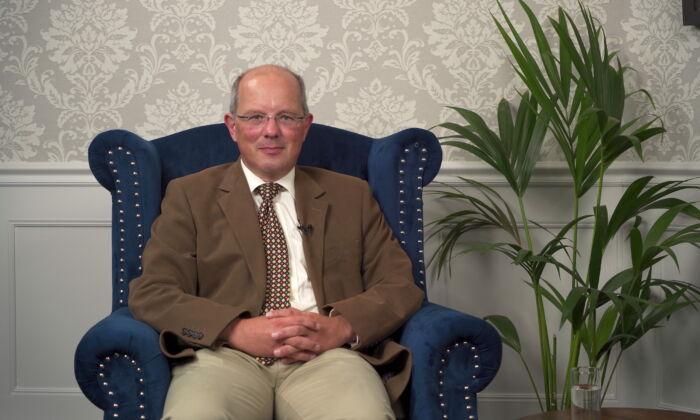The UK government is facing growing disquiet from backbenchers, after announcing today that over 22 million people in England will emerge from the current lockdown into the highest level of local restrictions.
A group of over 70 Tory MPs had already threatened to rebel against the party whips if the government fails to justify further restrictions.
The government today announced the areas that will head into three different tiers after Dec. 2.
Only Cornwall, the Isle of Wight, and the Isles of Scilly are going into the lowest level—meaning that the rest of the country will not be able to socialize with other households indoors at all.
Most of England north of the Midlands is in the new tier 3 category.
Some MPs expressed frustration that their constituencies are emerging from the lockdown into tougher restrictions than before, despite infection rates already dropping to below pre-lockdown levels in many cases.

Baker is deputy chair of the 70-strong Conservative COVID Recovery Group that wrote to the government earlier this week to demand transparency.
“On the economy and on coronavirus, I fear we are now so far down the rabbit hole that we have forgotten we even entered it,” he said.
Over 50 Conservative MPs defied the party whips and refused to endorse the current lockdown, including two former Conservative Party leaders.
The health secretary has indicated the government will provide analysis before MPs vote on the measures on Tuesday.
With the Conservatives holding an 80-seat majority and Labour supporting past restrictions, it is unlikely a Conservative rebellion will block the measures.
5 Criteria for Local Measures
The government has set out five criteria for assessing which tiers different authorities are put into: case detection rate in different ages, especially among the over-60s; how fast cases are rising or falling; current levels of the virus; pressure on the NHS; and “local context and exceptional circumstances.”With so few areas heading into the lowest tier, some critics say that the announcement today was a lockdown in all but name.
“I think if you go into tier 3, you’ll struggle to spot much of a difference from lockdown,” Conservative MP Mark Harper told The Epoch Times’ sister media NTD earlier this week.
Harper is chair of the COVID Recovery Group.
Another member of the group and chair of the backbench 1922 Committee, Sir Graham Brady, told NTD his main concern for the restrictions is the infringement of human rights.

“Some people say we’re very hopeful that we'll have one or more effective vaccines in the near future, let’s lock everything down until enough people have been vaccinated to have a very significant impact,“ said Brady. ”I think that that would be an extremely damaging and heavy-handed thing to do.”
“It would inevitably destroy very large parts of the economy, and have very serious effects on people’s health in ways other than COVID-19.”
Tier 3 will have similar restrictions on socialising as the current lockdown, although people will be allowed to meet with up to five other people outdoors—as per the rule of six—instead of just one.
Some retail business will be allowed to reopen, along with leisure and sports venues, and places of worship can open as long as there’s no household mixing. Gym classes and organised sports will also be allowed outdoors.
Tier 2 allows mixing in private gardens but not indoors. Pubs and bars must close unless they operate as restaurants. Alcohol can only be served with substantial meals.
For tier 1, households can mix indoors if they adhere to the rule of six. Bars, pubs, and restaurants are limited to table service only, and must close by 11 p.m.





